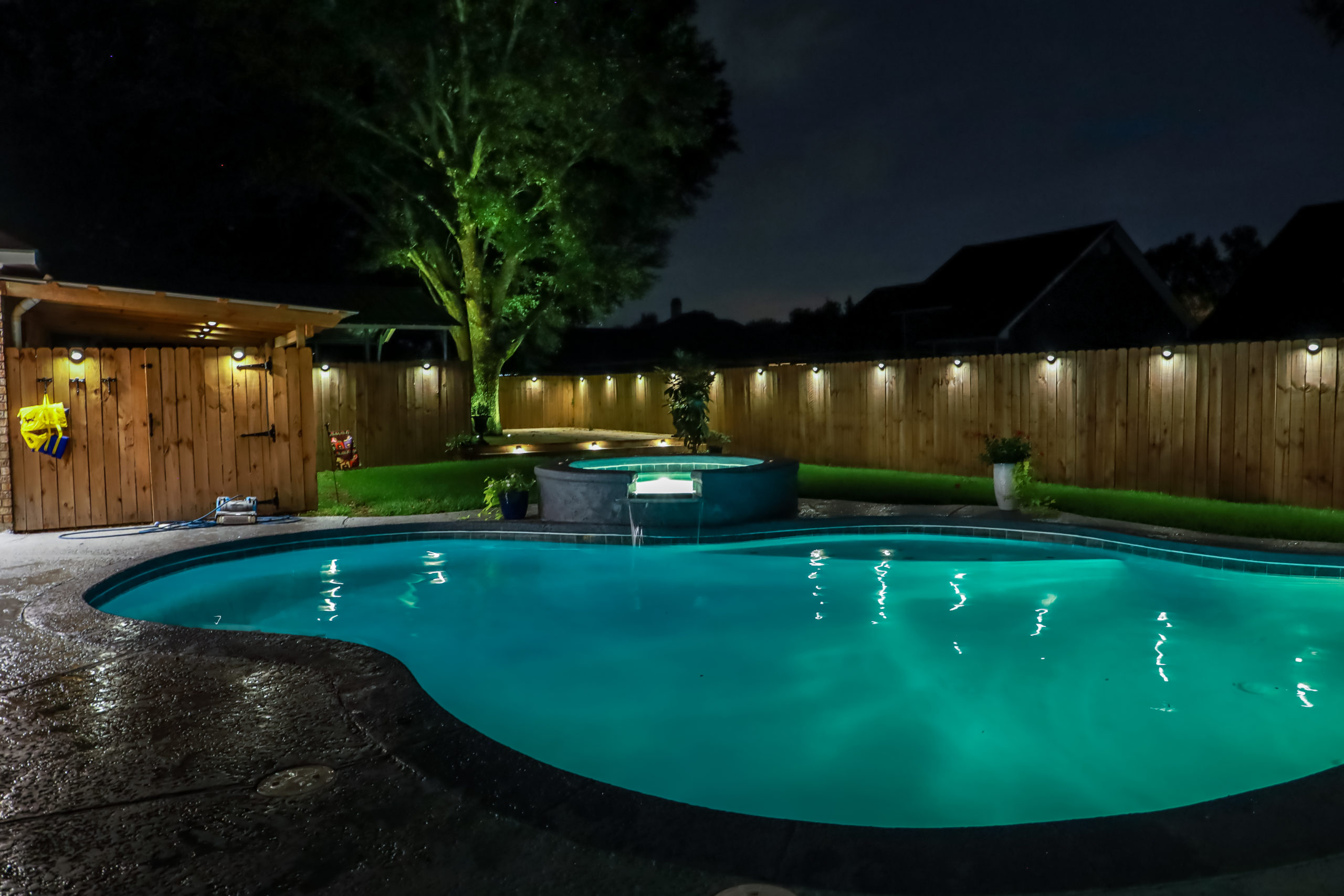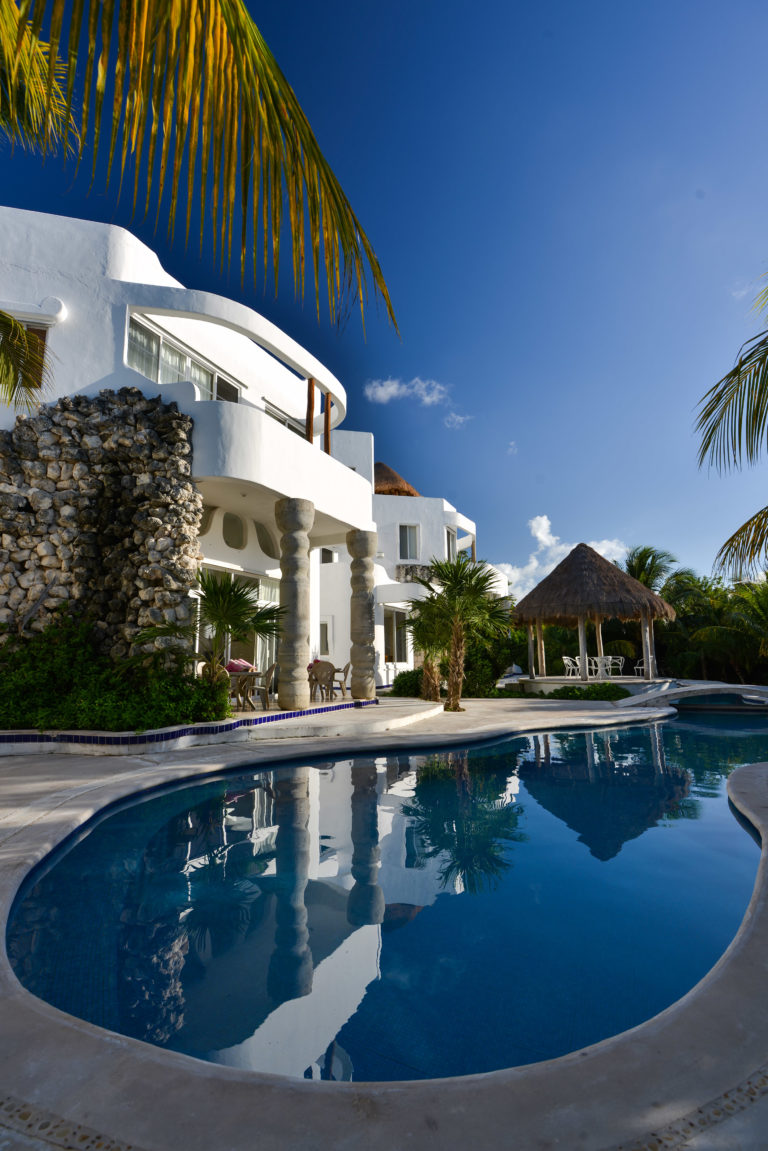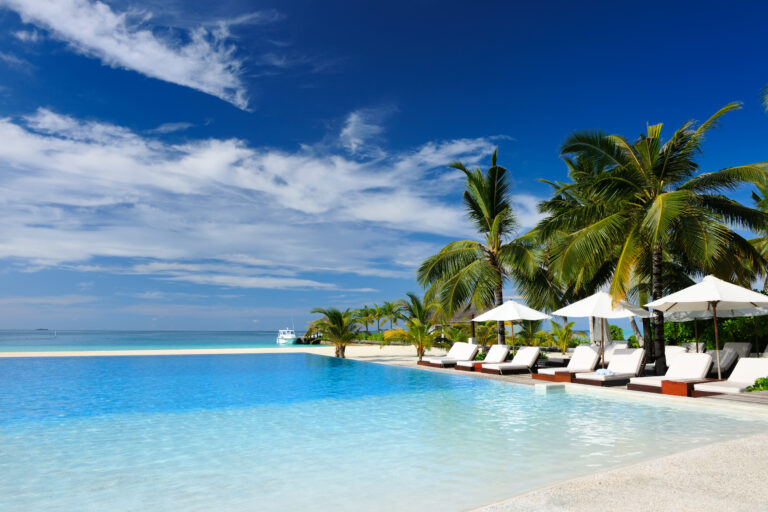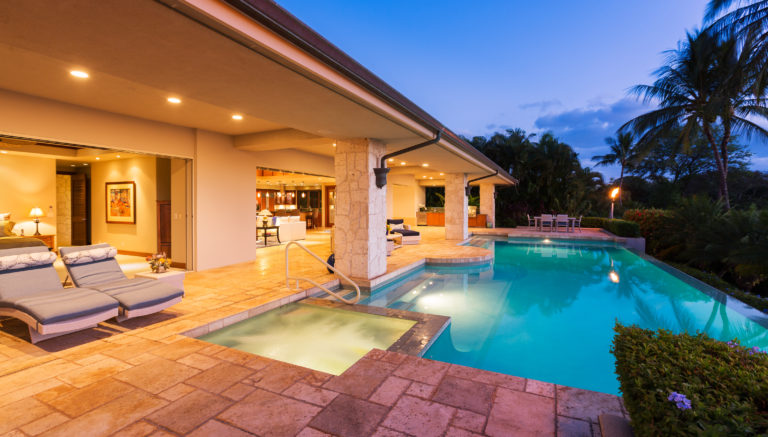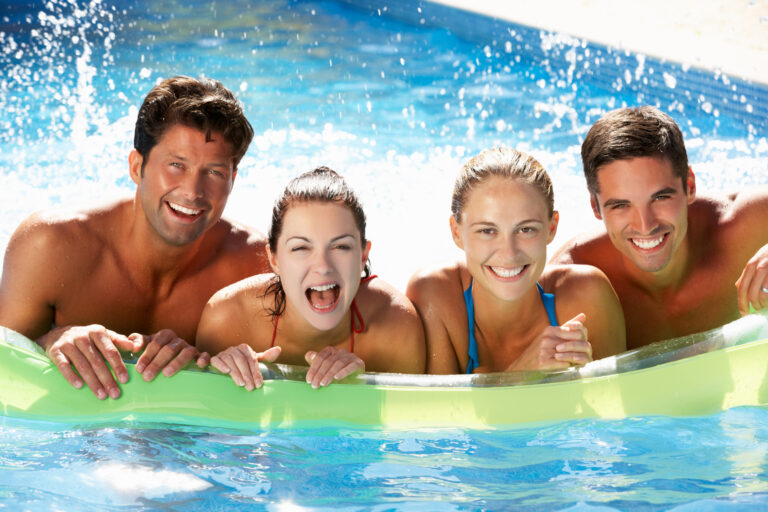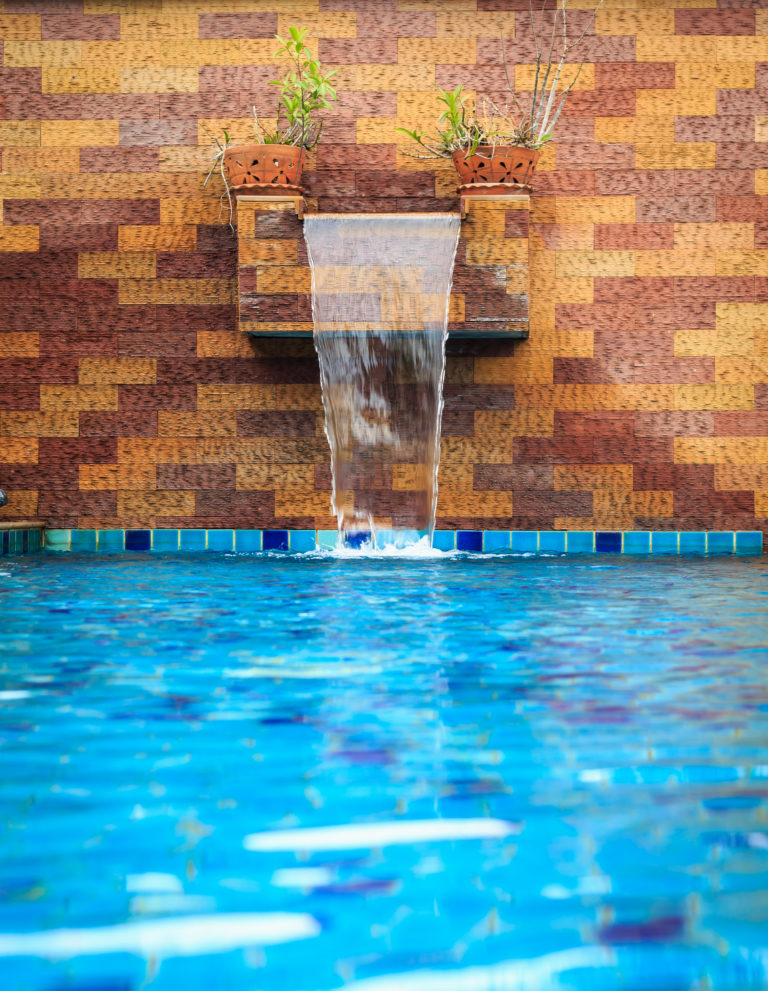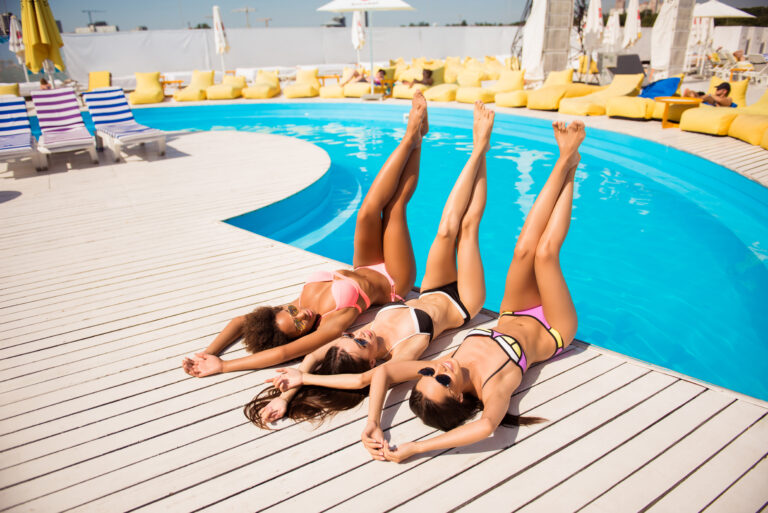Strategies for Designing an Energy Efficient Pool
You’re dreaming of a pool, right? But you’re worried about the energy costs. Don’t fret! This article’s for you.
We’ll guide you through designing an energy-efficient pool that doesn’t break the bank or harm the planet. From smart pumps to solar heaters and LED lights, we’ve got your back.
Dive in and discover how easy it is to make your pool dreams come true with a clear eco-conscience.
Understanding the Basics of Energy-Efficient Pools
Before we dive in, it’s crucial to grasp the basics of energy-efficient pools. You’re probably wondering where to start, right? Well, let’s kick this off with insulating pool walls.
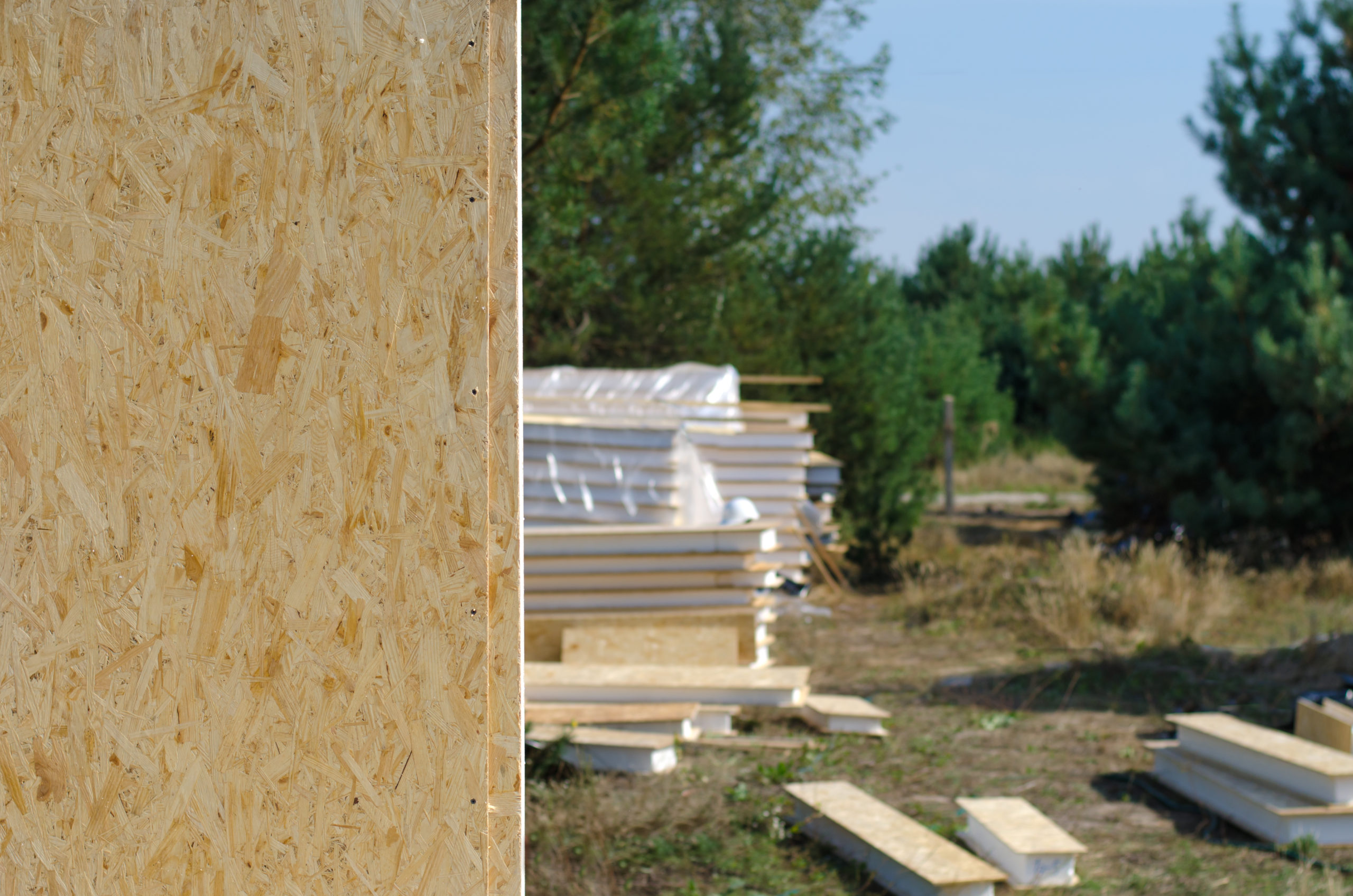
When building your pool, insulation becomes a key factor in maintaining the water temperature and reducing heat loss. By using proper insulation materials on the walls of your pool, you’ll be able to keep the water warmer for longer periods without constantly running a heater. That’s an energy-saving tip you can’t ignore!
Now onto green landscaping – another essential part of designing an energy-efficient pool environment. Think about incorporating native plants and trees around your pool area. Not only does this enhance the aesthetic appeal but also provides natural shade which helps in lowering water evaporation rates from the pool.
The Role of Pool Pumps in Energy Efficiency
It’s important to understand how pool pumps play a crucial role in maintaining efficiency. They’re the heart of your pool system, circulating water and ensuring that your filters, heaters, and chemical feeders function properly.
However, not all pumps are created equal. Different pump types have different energy efficiencies, which can significantly impact your utility bills.
You might be using a single-speed pump; it’s common but notorious for consuming more energy. These pumps operate at a constant high speed regardless of what’s needed, leading to unnecessary power usage. On the other hand, dual-speed or variable-speed pumps adjust their speed according to need, saving you considerable energy and money over time.
But don’t worry if your current setup isn’t as efficient as it could be! Pump upgrades offer an effective solution. By upgrading to a more energy-efficient model like a variable-speed pump, you’ll drastically lower your pool’s energy consumption. You may even qualify for rebates from your local utility company or government agency due to these upgrades.
So remember: proper pump selection and regular upgrades form key strategies in designing an energy-efficient pool. It’s not just about saving money – it’s also about doing your bit for the environment!
Importance of Pool Covers for Energy Conservation
You’ve heard about the role of pool pumps in energy efficiency, but have you considered the impact of pool covers? They’re not just for keeping leaves out of your pool – they’re real energy saviors.
In our next discussion, we’ll guide you on how to select the most efficient pool covers and reveal how they can significantly reduce your pool’s energy consumption.
Pool Covers: Energy Saviors
Pool covers are not just for keeping leaves and debris out; they are also a fantastic energy-saving tool for your pool. They can significantly reduce evaporation, which means less heat loss and fewer chemicals needed to maintain balance.
When choosing a pool cover, consider these aspects:
– Durability: Don’t skimp on quality. A durable cover lasts longer and provides better protection.
– Evaporation reduction: The primary goal is to limit water loss from evaporation.
– Energy savings: A good cover decreases the need for heating, saving you money.
– Ease of use: You’re more likely to use it if it’s easy to put on and take off.
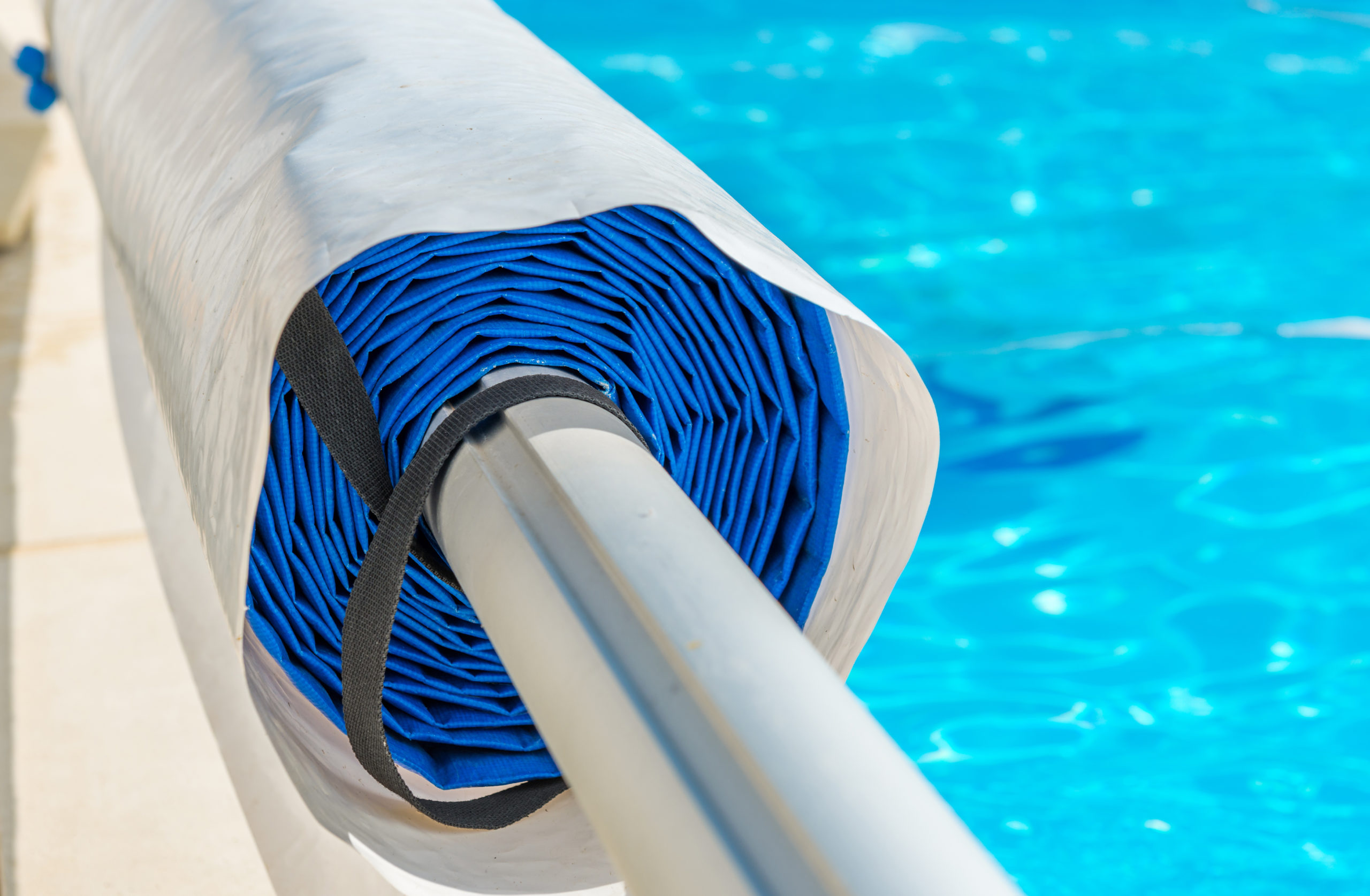
Selecting Efficient Pool Covers
When you’re in the market for a new pool cover, don’t just look at price – consider how well it’ll reduce evaporation and save on heating costs. The cover materials play a significant role here. You’d want to opt for something durable that effectively prevents heat loss and minimizes water evaporation.
Now, think about the environmental impact too. A good choice would be materials that are recyclable or have been recycled. This way, you’re not just saving energy; you’re also doing your bit for the planet.
Lastly, ensure it’s easy to put on and take off – an efficient pool cover is useless if it’s too cumbersome to use regularly! So, make smart choices when selecting your pool cover – they’ll pay off in more ways than one.
Solar Heaters: An Energy-Saving Solution for Pools
Considering solar heaters for your pool can be a smart move if you’re looking to cut down on energy costs. One of the major solar heating benefits is that, once installed, they harness energy from the sun – an inexhaustible source – transforming it into heat for your pool. They’re eco-friendly and reduce dependence on non-renewable sources.
The installation process isn’t as daunting as you might think. Typically, a professional will need to install the solar collectors – where water is heated by the sun – onto a roof or another sunny area. The existing pool pump then circulates water through these collectors.
Here are some things you should note about using solar heaters:
– You’ll see significant savings over time.
– Solar heaters prolong your swimming season by warming up water when it’s cooler outside.
– They require minimal maintenance once installed.
– Solar panels last longer than gas or heat pump pool heaters.
– While initial costs are higher, long-term expenses are lower.
The Benefits of LED Pool Lights
You’re about to discover the benefits of LED pool lights, a topic that might just brighten your day.
We’ll dive into how energy efficient these little powerhouses are, saving you money in the long run.
Plus, we’ll shine a light on their impressive lifespan which contributes significantly to cost savings over time.
LED Lights Energy Efficiency
LED lights are a great choice because they’re more energy-efficient than traditional pool lighting. They provide brilliant underwater illumination, transforming your nighttime swimming experience. But the benefits don’t end there.
1. Eco-friendly: LED lights have a longer lifespan, reducing waste and making LED recycling easier.
2. Lower Energy Consumption: LEDs consume less energy than traditional bulbs, which can lower your electricity bill significantly.
3. Superior Underwater Illumination: LEDs offer better visibility and create enchanting effects in the pool’s water.
4. Reduced Maintenance: Since LEDs last longer, you’ll spend less time on maintenance and replacements.
All these factors make LEDs an excellent choice for your pool lighting solution – benefiting not just you, but also the environment!
Lifespan of LED Lights
It’s noteworthy to mention that the lifespan of LED lights significantly outlasts traditional lighting options, making them a more cost-effective choice in the long run. You’ll find that LEDs are incredibly robust, showcasing remarkable durability under various conditions.
Let’s delve into an LED lifespan comparison with other common light sources:
| Light Source | Average Lifespan (Hours) | Cost-Effectiveness |
| Incandescent Bulbs | 1,000 | Low |
| Fluorescent Tubes | 10,000 | Moderate |
| LEDs | 50,000 | High |
As you can see, LEDs outlive both incandescent bulbs and fluorescent tubes by a significant margin. This durability of LEDs contributes not only to their extended life but also makes them a superior option for your pool lighting needs due to less frequent replacements and reduced maintenance costs.
LED Lights’ Cost Savings
When considering the total cost of ownership, you’ll quickly realize how much money can be saved by switching to LEDs. These energy-efficient bulbs not only lower your electricity bill but also require less frequent replacement, saving you even more in the long run. Moreover, LED recycling is a growing industry, adding another layer of savings and environmental responsibility.
Beyond the direct financial benefits, LEDs contribute to reducing light pollution. These lights produce a directed beam rather than scattering light everywhere like traditional bulbs. This means fewer wasted lumens spilling into the night sky, resulting in clearer stars views for everyone and less disruption to nocturnal wildlife.
Energy-Efficient Pool Design and Layout
You’ll find that careful planning of your pool’s design and layout can significantly reduce energy consumption. Implementing sustainable landscaping around your pool area not only adds aesthetic value but also acts as a natural windbreak, reducing water evaporation and heat loss. Similarly, using green pool chemicals minimizes environmental harm while maintaining the cleanliness and safety of your pool.
Consider these strategies for an energy-efficient pool design:
– Design: Opt for a smaller, more compact shape. It reduces surface area, thus minimizing heat loss.
– Orientation: Position the pool to maximize exposure to sunlight. This naturally warms up the water, saving on heating costs.
– Shading: Consider installing overhangs or pergolas to prevent excessive evaporation during hot periods.
– Insulation: Use insulating materials in and around the pool to retain heat.
How Water Temperature Affects Energy Use
Managing your pool’s water temperature effectively can greatly impact its overall energy use. Temperature regulation isn’t just about keeping the water comfortable for swimming-it’s a key part of maintaining an energy-efficient pool.
Consider this, every degree rise in your pool’s temperature could potentially increase energy consumption by up to 10%. It’s therefore essential that you keep a strict control over it. With proper temperature regulation, you’ll not only save on energy costs but also prolong the lifespan of your pool equipment.
Heat loss prevention is another crucial factor to consider. A significant proportion of heat loss from pools occurs due to evaporation. You may be surprised at how much you can reduce this simply by using a pool cover when it’s not in use. This acts as an insulator, keeping the warmth in and cold out.
Using Pool Timers to Reduce Energy Consumption
Having considered how water temperature affects energy use, let’s now explore the importance of using pool timers to reduce energy consumption.
You know how crucial it is to regulate your pool’s temperature. But have you ever thought about the role timer settings play in optimizing your pool’s energy efficiency? It might surprise you just how much difference a well-set timer can make.
Just as you wouldn’t leave your lights on all day, there’s no need for your pool pump to operate 24/7. That’s where timer settings come in handy. By setting your timer to run the pump during off-peak hours when electricity rates are lower, you’ll not only cut down on energy usage but also save money on utility bills.
Moreover, an essential part of managing your pool’s efficiency is conducting regular energy audits. These audits allow you to assess and adjust your current practices, ensuring that they’re as efficient as possible. You could discover that changing something small like adjusting the timer settings can lead to significant savings over time.
So remember: it isn’t just about regulating temperature; smart timing strategies also contribute significantly towards creating an energy-efficient pool.
Maintenance Tips for an Energy-Efficient Pool
Switching gears, let’s delve into some practical maintenance tips that can help keep your swimming spot in top shape while also minimizing its power consumption. Your pool’s efficiency can be greatly improved by focusing on two key areas: chemical balance efficiency and filtration system optimization.
Maintaining a balanced chemical level in your pool is critical for efficient energy use. It prevents the overuse of pumps and filters, saving energy. Likewise, optimizing the filtration system reduces unnecessary energy expenditure by ensuring it operates only when necessary.
Here’s a handy table to guide you:
| Maintenance Task | Energy Saving Benefit | Frequency |
| Check Chemical Balance | Prevents overuse of pumps and filters | Weekly |
| Clean Filters | Allows for optimal filter operation | Monthly |
| Optimize Filtration System | Reduces pump running time | As Needed |
| Cover Pool When Not In Use | Minimizes evaporation, reducing heater usage | Always |
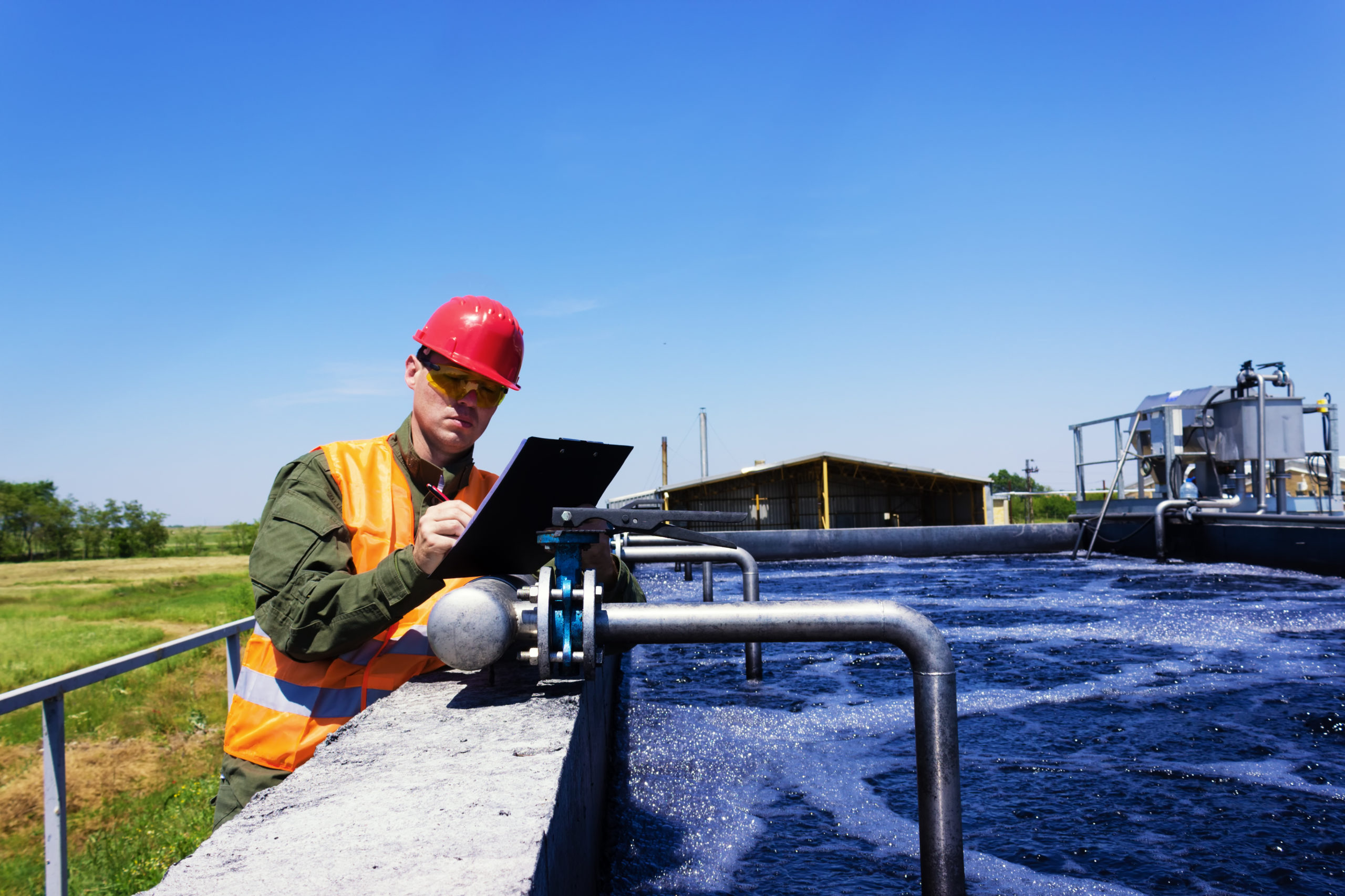
Frequently Asked Questions
What Are the Environmental Impacts of Having an Energy-Efficient Pool?
Having an energy-efficient pool lessens your environmental impact. You’ll enjoy solar heating benefits, and significantly reduce your carbon footprint by using less energy. It’s a win-win for you and the planet.
How Cost-Effective Is It to Switch to an Energy-Efficient Pool Design?
Switching to an energy-efficient pool design can be cost-effective. You’ll invest in energy efficient materials initially, but you’ll see pool maintenance savings over time due to reduced energy and water usage.
Are There Any Government Incentives or Rebates Available for Creating an Energy-Efficient Pool?
Yes, there are government incentives for energy-efficient pool upgrades like solar heating and pool lighting. You’ll need to check your local regulations as they vary widely depending on the city or state you’re in.
How Does an Energy-Efficient Pool Affect the Property Value?
An energy-efficient pool can boost your property value. It’s not just about efficiency; aesthetics and pool maintenance play a role too. A well-maintained, attractive pool that’s energy effective is definitely appealing to potential buyers.
Can an Existing Pool Be Retrofitted to Become Energy Efficient and How Is It Done?
Yes, you can retrofit an existing pool to be energy efficient. You’d do this by adding pool insulation and installing a solar heating system, dramatically reducing your energy usage and costs over time.

